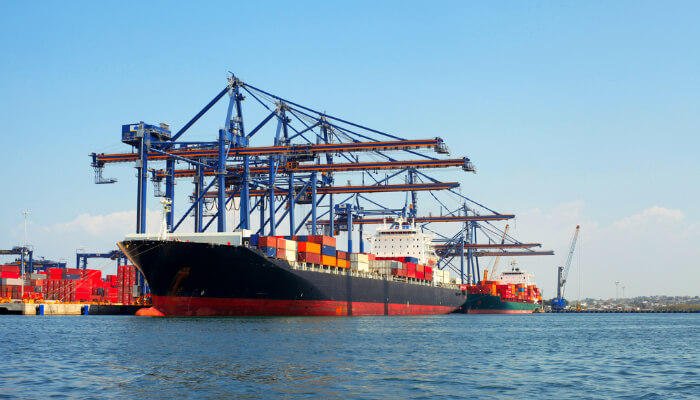Central government-owned ports, commonly referred to as major ports, have reversed the typical growth trend by surpassing their private and state-government counterparts in cargo traffic growth for the financial year 2024-25, according to data from the Ministry of Ports, Shipping, and Waterways.
Major ports recorded a nearly 5% increase in cargo handled, reaching 348.06 million tonnes (MT), driven by a 4.9% rise in overseas cargo and a 5.2% increase in coastal cargo. This marks a significant recovery post-Covid for major ports. In contrast, private and state-government ports, known as non-major ports, saw only a 2.8% rise in cargo. While overseas cargo growth at these ports was competitive at 4.29%, a sharp decline in coastal cargo dragged down overall performance.
A government official attributed major ports’ success to their aggressive strategy of capturing cargo by offering lower tariffs than private ports. Additionally, coastal cargo traffic, which had stagnated last year, is now improving for major ports, recording a 10% rise in August to 15.7 MT, while non-major ports saw a decline to 1.3 MT.
Crude oil imports at private and state-government ports have slowed due to planned refinery shutdowns by companies like Bharat Petroleum Corporation, Indian Oil, and Nayara Energy. However, container volumes at non-major ports remain a bright spot, showing a strong 23.5% year-on-year growth, indicating robust demand in this segment.







